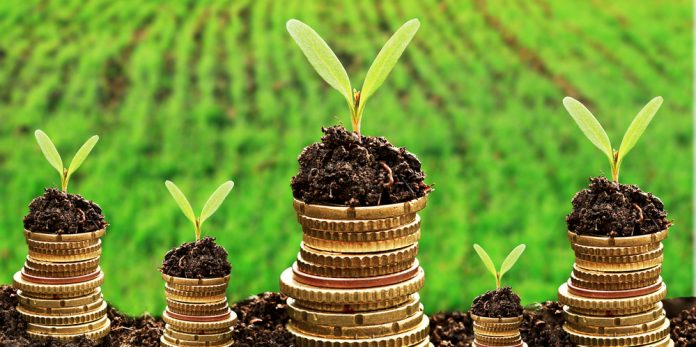Managing climate change and its insidious effects on the planet requires humanity to hit the reset button on how food and energy is produced and used towards transport, electricity, factories and buildings, alongside waste management.
For this to happen, someone has to pick up the tab and try to balance between financial returns and the less direct environmental dividends. A mass shift away from fossil fuels towards cleaner renewable energy sources and more resource-efficient technologies including green transportation and climate-friendly buildings would require huge sums of climate financing.
Climate finance is designed to bankroll mitigation and adaptation projects towards achieving low-carbon and climate resilient economies and organisations.
Therefore, for the needle to truly move, more and more investors, governments, development institutions and commercial banks will have to double down on their green investments to potentially move the planet away from the path of ruin.
Scientific studies indicate that the earth needs to reach net-zero emissions by 2030 to avoid a climate catastrophe. Yet, much as there have been commitments recently from different quarters across the world to bump up green investments, climate finance flow is still a trickle.
The World Bank puts the climate finance gap in excess of $70 billion per year (nearly the size of Ghana’s economy) and growing as the effects of global warming intensify including wild fires, floods and heat waves.
To trigger mass adoption of green buildings, sustainable transport and agricultural systems, and a transition to renewable energy, deliberate measures should be taken to direct capital flows into these sectors.
Recent pick-up in climate financing instruments such as green bonds, alongside creation of green financial products among commercial banks with support from development institutions is a step in the right direction.
The International Finance Corporation (IFC), for instance, recently offered a $150 million funding line to KCB bank for onward lending to climate-smart projects in Kenya.
But much more remains to be done.
Also worth taking note of are environment-focused agencies such as Green Climate Fund (GCF) and Global environment facility (GEF), which are promoting green practices through advocacy campaigns, partnerships, resource mobilisation and technical support.
Humanity needs to put sustainability at the heart of every project. To this end, projects should be evaluated not just on the basis of financial returns but also on social and environmental ones.
Therefore, when it comes to climate finance, returns on investment shouldn’t be in monetary terms only. It should equally be measured by how much it transforms the society and people’s lives.
This should be observed by both public and private sector players.
Following the Covid-19 crisis, business managers and policymakers should pursue recovery pathways that promise sustainable jobs, and ones that will help address inequalities and gender gaps. More importantly, such pathways should put the society on track to meet climate goals.
The end goal is to help people and communities bounce back stronger, accelerate decarbonisation of the global economy and strengthen its resilience and adaptation to climate change.
Linking sustainable development goals (SDGs) with economic recovery is more likely to lead to an inclusive, greener recovery.
However, most often green financing is associated with large corporations, but SMEs can equally play an important role in driving the green agenda.
The challenge is that most commercial banks often shun small enterprises, which are seen to carry a high risk profile.
Small enterprises and startups in the clean-tech sector almost always grapple with funding gaps, given that it is a relatively new field with lenders lacking a complete picture of its viability. Yet it is a promising frontier.
Commercial banks, therefore, have a role to play in fuelling growth of green enterprises by designing green financial products and opening their purse strings to eco-ventures.
At the same time, investors should not only pump their cash in green ventures, but should also support clean tech entrepreneurs and their startups. This is the part where angel investors, venture capitalists, private equity firms, impact investment firms and development institutions are expected to pull their weight in helping tilt the scale towards a green economy.
On its part, and besides providing an enabling environment for private green investments to flourish, the government should enhance cities’ capacity to plan for low-carbon and climate-resilient development. This may include possible issuance of sovereign green bonds, forming partnerships and instituting policies geared towards fanning innovative green finance instruments.
Increased green financing will not only help move the planet from the path of destruction as far as climate change is concerned but will also open wide a golden window of opportunities for investors offering better ways of production.
This article was originally published by the Business Daily



